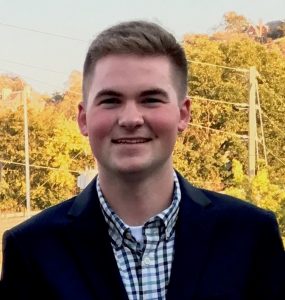 Automated Analysis of Medial Gastrocnemius Muscle-Tendon Junction Displacements During Isolated Contractions and Walking Using Deep Neural Networks.
Automated Analysis of Medial Gastrocnemius Muscle-Tendon Junction Displacements During Isolated Contractions and Walking Using Deep Neural Networks.
Rebecca L. Krupenevich, Callum J. Funk, Jason R. Franz
Abstract
Background and objective: Direct measurement of muscle-tendon junction (MTJ) position is important for understanding dynamic tendon behavior and muscle-tendon interaction in healthy and pathological populations. Traditionally, obtaining MTJ position during functional activities is accomplished by manually tracking the position of the MTJ in cine B-mode ultrasound images – a laborious and time-consuming process. Recent advances in deep learning have facilitated the availability of user-friendly open-source software packages for automated tracking. However, these software packages were originally intended for animal pose estimation and have not been widely tested on ultrasound images. Therefore, the purpose of this paper was to evaluate the efficacy of deep neural networks to accurately track medial gastrocnemius MTJ positions in cine B-mode ultrasound images across tasks spanning controlled loading during isolated contractions to physiological loading during treadmill walking.
Methods: Cine B-mode ultrasound images of the medial gastrocnemius MTJ were collected from 15 subjects (6M/9F, 23 yr, 71.9 kg, 1.8 m) during treadmill walking at 1.25 m/s and during maximal voluntary isometric plantarflexor contractions (MVICs). Five deep neural networks were trained using 480 manually labeled images, defined as the ground truth, collected during walking, and were then used to predict MTJ position in images from novel subjects 1) during walking (novel-subject), and 2) during MVICs (novel-condition).
Results: We found an average mean absolute error of 1.26±1.30 mm and 2.61±3.31 mm between the ground truth and predicted MTJ positions in the novel-subject and novel-condition evaluations, respectively.
Conclusions: Our results provide support for the use of open-source software for creating deep neural networks to reliably track MTJ positions in B-mode ultrasound images. We believe this approach to MTJ position tracking is an accessible and time-saving solution, with broad applications for many fields, such as rehabilitation or clinical diagnostics.
Open source access to computational resources supported by this paper can be found here.

 Automated Analysis of Medial Gastrocnemius Muscle-Tendon Junction Displacements During Isolated Contractions and Walking Using Deep Neural Networks.
Automated Analysis of Medial Gastrocnemius Muscle-Tendon Junction Displacements During Isolated Contractions and Walking Using Deep Neural Networks. The metabolic and mechanical consequences of altered propulsive force generation in walking.
The metabolic and mechanical consequences of altered propulsive force generation in walking. Muscle metabolic energy costs while modifying propulsive force generation during walking.
Muscle metabolic energy costs while modifying propulsive force generation during walking.
 The effects of a 6-week horizontal impeding force gait training protocol on push-off intensity in older adults
The effects of a 6-week horizontal impeding force gait training protocol on push-off intensity in older adults
 The effects of knee extensor moment biofeedback on gait biomechanics and quadriceps contractile behavior
The effects of knee extensor moment biofeedback on gait biomechanics and quadriceps contractile behavior